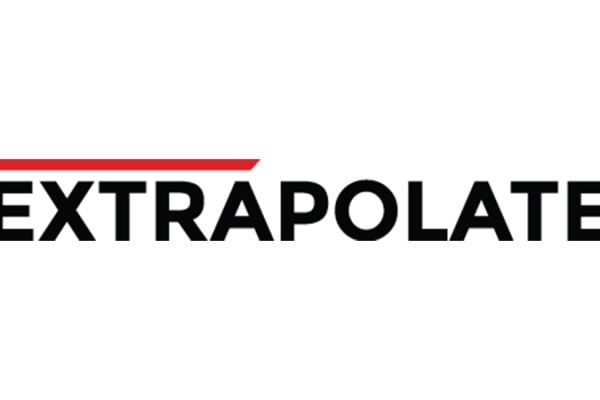A recent market analysis highlights the significant growth trajectory of the global green roof market. Valued at USD 1.94 billion in 2023, the market is forecast to expand from an estimated USD 2.28 billion in 2024 to USD 6.57 billion by 2031, registering a robust Compound Annual Growth Rate (CAGR) of 16.4% throughout the forecast period (2024-2031). This substantial growth is primarily fueled by an increasing global emphasis on sustainable building practices and the recognized benefits of green roofs in mitigating the urban heat island effect and improving stormwater management.
Read Complete Report Details: https://www.extrapolate.com/machinery-equipment/green-roof-market/87469
The comprehensive report provides an in-depth analysis of the global green roof market, segmenting it by product type (extensive, intensive, and semi-intensive), application (residential, commercial, institutional, and industrial), end user (residential, commercial, government, and others), and regional landscape. This detailed segmentation offers valuable insights into the market's current state, future potential, and key trends shaping its evolution.
Key factors driving the expansion of the green roof market include:
-
Growing Emphasis on Sustainable Construction: Green roofs are increasingly being integrated into building designs as part of broader sustainability initiatives, offering environmental benefits such as reduced energy consumption and enhanced biodiversity.
-
Urban Heat Island Effect Mitigation: The ability of green roofs to absorb heat and release moisture helps lower urban temperatures, counteracting the urban heat island effect.
-
Improved Stormwater Management: Green roofs act as natural buffers, retaining significant amounts of rainwater and reducing the volume and rate of stormwater runoff, thereby easing the burden on urban drainage systems.
-
Enhanced Building Energy Efficiency: The insulating properties of green roofs contribute to lower heating costs in winter and cooling costs in summer.
-
Supportive Government Policies and Incentives: Many municipalities and national governments are implementing policies, providing financial incentives, and setting green building standards that encourage the adoption of green roofs.
The report also identifies key trends influencing the market:
-
Rising Popularity of Extensive Green Roofs: Known for their low maintenance requirements and lightweight design, extensive green roofs are gaining wider acceptance.
-
Increasing Use of Intensive Green Roofs for Amenity Spaces: Intensive green roofs, capable of supporting a greater variety of plants and even recreational areas, are being incorporated into urban development projects to create valuable green spaces.
-
Strong Adoption in Commercial and Institutional Sectors: Commercial and institutional buildings are leading the way in green roof implementation due to the significant energy savings and environmental benefits achievable at scale.
-
Technological Advancements in Green Roof Systems: Ongoing innovations in materials, drainage solutions, and plant selection are enhancing the performance and durability of green roof systems.
-
Growing Awareness and Education: Increasing knowledge and understanding of the advantages of green roofs among architects, developers, and building owners are fostering market growth.
This report provides a strategic overview of the global green roof market, offering crucial insights for construction companies, landscape architects, green roof system suppliers, and governmental bodies focused on promoting sustainable urban development.

